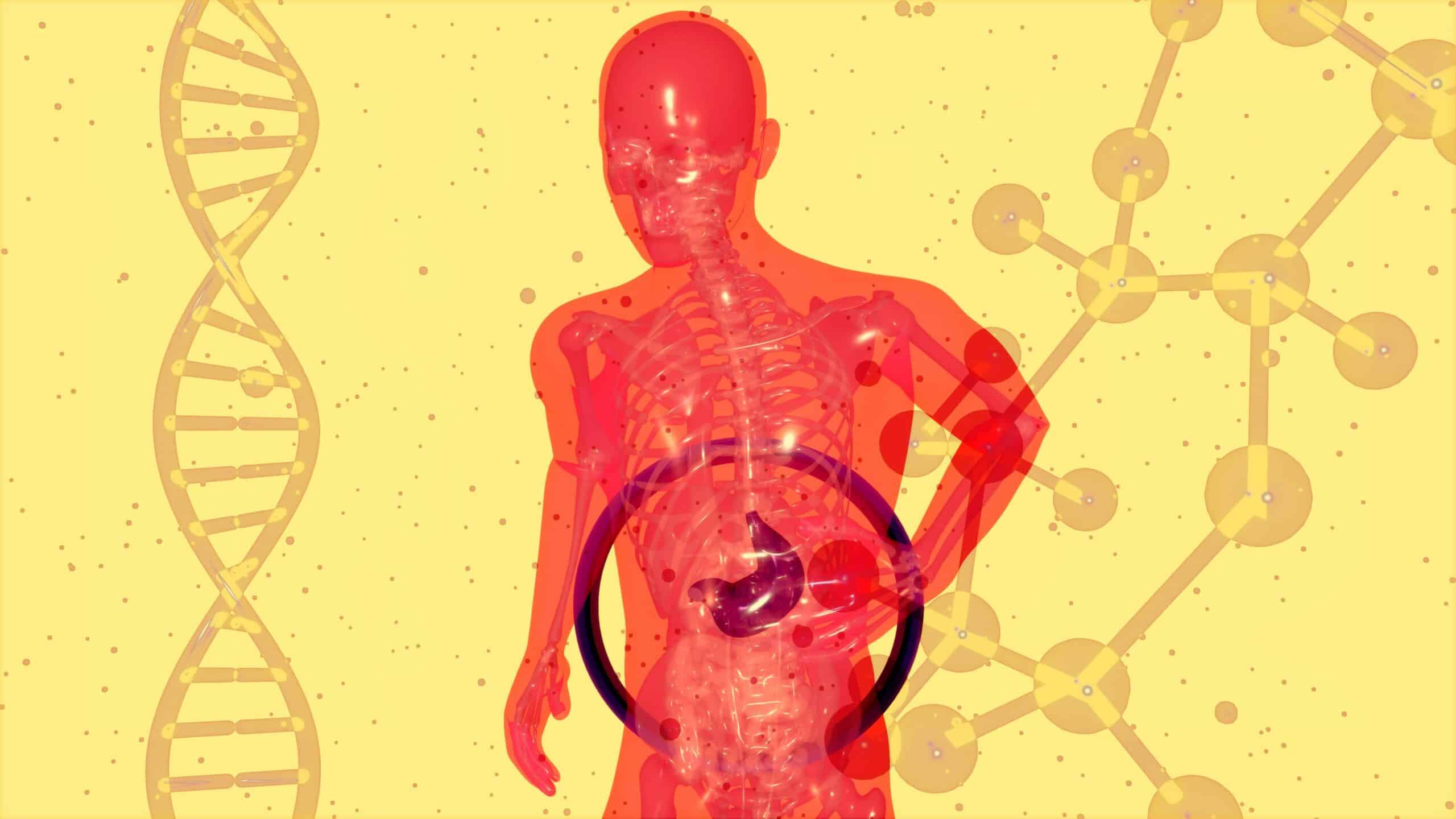Before patients begin their treatment at Lakeview Health, our doctors, nurses, and therapists will thoroughly evaluate and assess their medical condition and addiction history so they can develop an individualized treatment plan. Often, clients reveal that they have been using more than one drug or drugs in combination with heavy alcohol misuse. They may take them separately or combine them for a stronger high or to achieve particular effects. Misusing more than one drug at a time is known as polysubstance use. An example is the so-called “speedball,” the simultaneous injection of cocaine and heroin or another opioid. While cocaine acts as a stimulant, the heroin acts as a depressant. Co-administration is meant to provide an intense rush of euphoria while reducing the negative effects such as anxiety, hypertension, palpitations, and other common side effects of a stimulant such as cocaine and the sedation of opioids. Taking multiple psychoactive substances without medical supervision is extremely dangerous. Many people who misuse drugs also mix cocaine with alcohol to intensify the euphoric effect, but that combination leaves a highly toxic chemical called cocaethylene in the liver. Cocaethylene has been associated with seizures, liver damage, and compromised function of the immune system. It also carries an 18-to-25-fold increase over cocaine alone in risk for immediate death. According to an article in The Fix, “taking these two drugs in tandem results in almost one third of ER visits involving alcohol and drugs—it’s also extremely bad for you in the long term.” The third combination, alcohol and opioids—especially in the form of prescription drugs—is also common. While injecting “speedballs” is primarily a phenomenon of the 18–26-year-old cohort, misusing prescription drugs in combination with alcohol is becoming more prevalent among retiring baby-boomers. By 2020, the number of addicted older adults in the US is expected to double to six million, writes Harry Haroutunian, M.D., in his new book, Not As Prescribed. “Prescription drugs and alcohol can be a dangerous combination,” the director of the National Institute on Drug Abuse (NIDA), Nora Volkow, told Scientific American. “Painkillers and booze are perhaps the worst to mix, because both slow breathing by different mechanisms and inhibit the coughing reflex, creating a ‘double-whammy’ effect, that can stop breathing altogether,” Dr Volkow said. Alcohol also interacts negatively with anti-anxiety drugs, anti-psychotics, antidepressants, sleep medications and muscle relaxants. Nevertheless, addicts frequently use multiple substances in various combinations. The autopsy following the unexpected death of the actor Philip Seymour Hoffman showed that he had died of cocaine, heroin, benzodiazepine, and amphetamine overdose. The death of singer Whitney Houston was determined to have been caused by acute cocaine intoxication. According to the forensic toxicologist, a “plethora of prescription medication bottles” were found in her room. The report listed a total of twelve different medications prescribed by several different doctors. Misusing more than one drug is clearly very risky and can complicate any addiction treatment. Drugs taken in combination can boost the narcotic effects of the substances in unforeseeable ways. Their toxic effects increase and withdrawal symptoms become more severe and prolonged. So, why would anybody engage in this unhealthy behavior? In his new report, the Surgeon General made clear that addiction must be regarded as a medical condition and not as a moral failing. Most people with substance use disorders as severe as Whitney Houston’s or Philip Seymour Hoffman’s are struggling with serious co-occurring disorders like trauma, anxiety issues or depression. The Surgeon General notes that “numerous studies have found a high correlation between substance use and intimate partner violence,” which is often an important factor for addiction in females. In his addiction memoir The Gilded Razor, Sam Lansky describes the psychological effect of his teenage substance use as becoming a different person, “someone who surged with confidence, someone fearless and bold.” At the core of his addiction—which involved using crystal meth, cocaine, heroin, benzodiazepines, amphetamines and alcohol—was what he perceived as the “big emptiness inside that clawed at my throat.” In most cases, addiction is not about a substance or a combination of substances but about social setting, co-occurring circumstances, genetic makeup, and the developmental stage of the user. A careful assessment of the patient’s requirements helps addiction professionals to develop a successful treatment plan which must consider all misused substances.

Addiction Blog
- Addiction Articles
- Addiction Recovery
- Addiction Research
- Addiction Treatment Programs
- Aftercare & Relapse Prevention
- Alcohol Addiction
- Christian Drug Rehab
- Covid-19
- Detox
- Drug Addiction
- Dual Diagnosis
- Family Therapy & Support
- From Our CMO
- Gender-Responsiveness Treatment
- Guest Blogs
- Health and Wellness
- Holistic Treatment
- Lakeview Health
- Men’s Addiction Treatment
- Mental Health
- News
- Pain Management
- Podcasts
- Prescription Drugs
- Press Releases
- Sober Living
- Stories of Recovery
- Substance Abuse Treatment
- Teen/Young Adult
- Trauma Treatment
- Uncategorized
- Webinar
- Women’s Addiction Treatment



